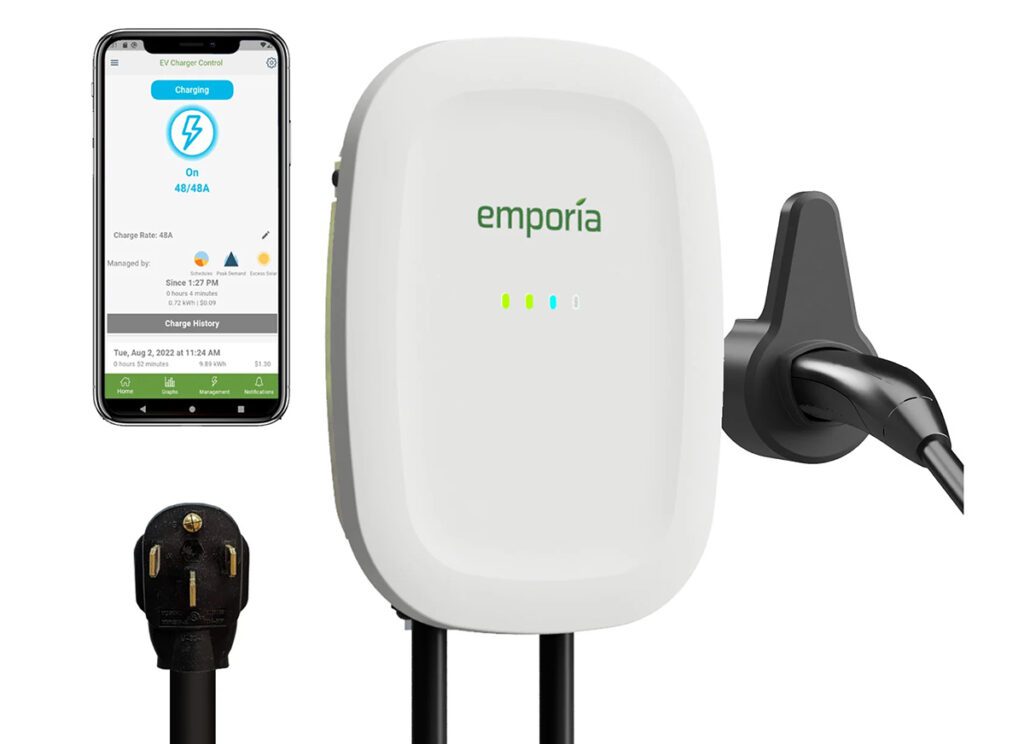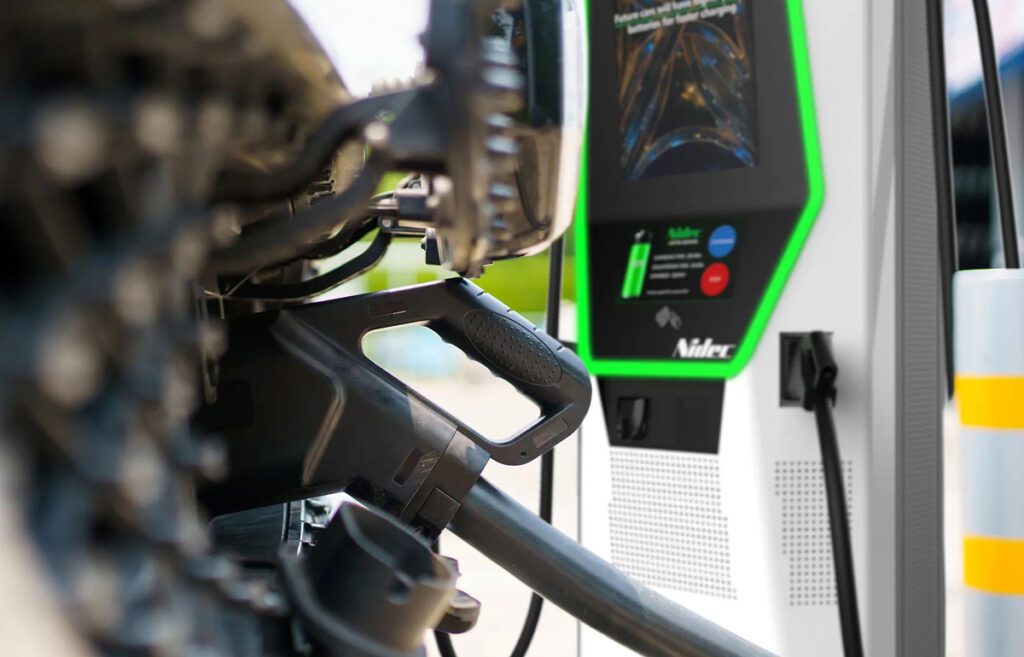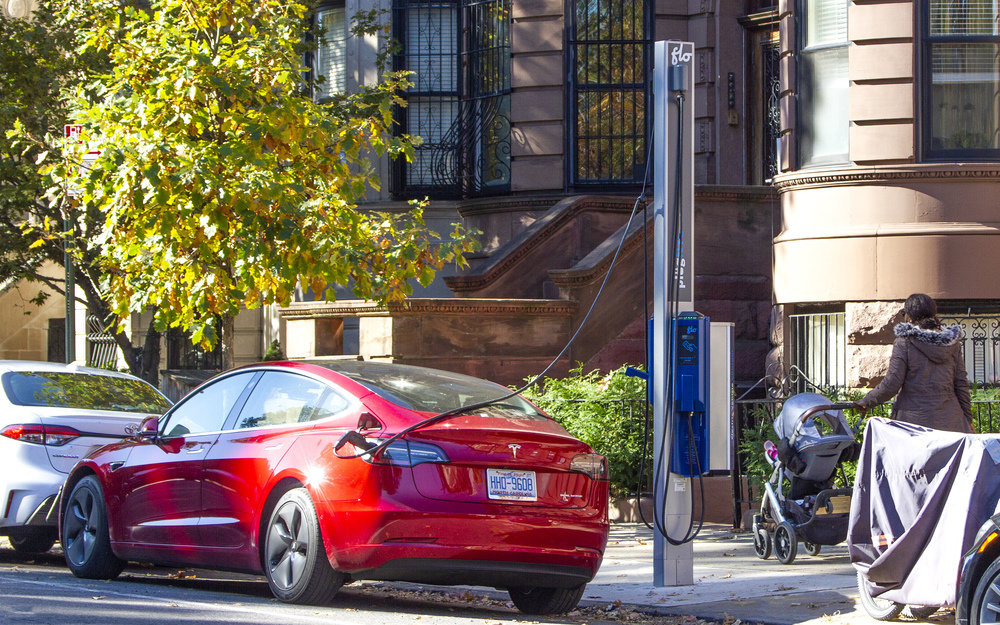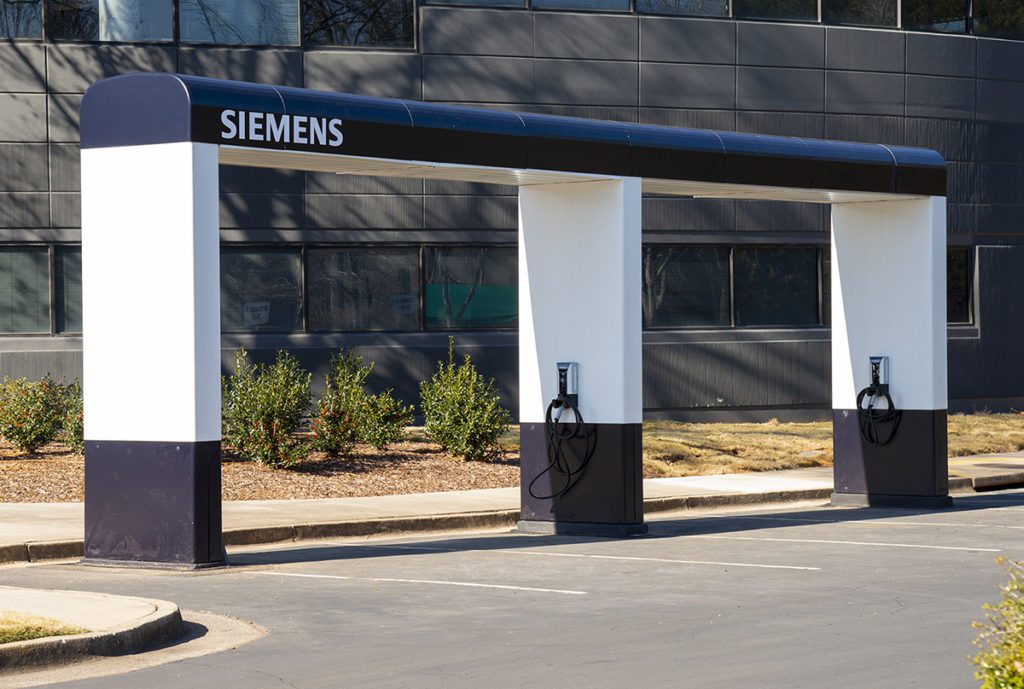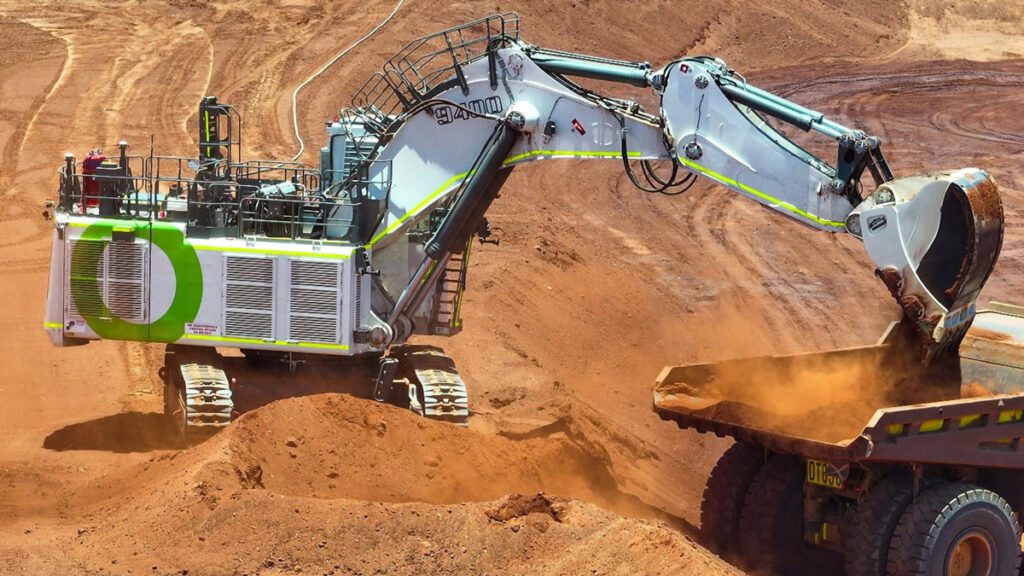As electric vehicles proliferate, more attention needs to be paid to their interaction with the electrical grid. Some fear that abundant EVs might drive up electricity prices if they are charged during times of peak demand.
In a new study published in the journal Applied Energy, Carnegie Mellon University researchers found that controlled charging of PHEVs can reduce the costs of integrating them into an electrical system by up to 73%.
“Controlled charging can shift loads later in the night when cheaper power plants are available,” said Professor Paulina Jaramillo, one of the study’s authors. “Controlled charging could also help to manage fluctuations from renewable energy sources like wind and solar power, which change their output as the wind changes and as clouds pass by.”
“It is already cheaper to charge an electric vehicle than fill up a gasoline vehicle,” said fellow author Professor Jeremy Michalek. “But allowing grid operators to control electric vehicle charging speed could reduce these costs further. We see additional savings up to $70 per vehicle each year or even higher for systems that expect new power plant construction and systems with a lot of wind power.”
Controlled charging is not the same as vehicle-to-grid (V2G) technology, in which the vehicle’s battery sometimes feeds power back to the grid; or delayed charging, in which the vehicle charges at off-peak hours to take advantage of a time-of-use (TOU) pricing plan. Rather, controlled charging varies the charging rate in order to help the grid manage fluctuations in generation. This is especially important for systems with a lot of wind power, one of the fastest growing electricity sources in the US. “The magnitude of these savings is ~5% to 15% higher in a system with 20% wind penetration compared to a system with no wind power, and the savings are 50–60% higher in a system that requires capacity expansion.”
According to the study, the market for V2G is small, arbitrage potential is limited, and participation can reduce battery life by increasing the total energy processed by the battery. Controlled charging does not increase the energy processed by the battery, and could actually extend battery life by lowering average charge rates and thus heat generation. Controlled charging can also take advantage of the high levels of wind generation that commonly occur at night in the US.
Source: Carnegie Mellon via Green Car Congress
























































